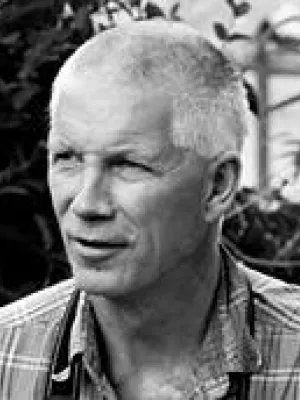
Jonas Ardö
Professor

Assimilation of land surface temperature into the land surface model JULES with an ensemble Kalman filter
Author
Summary, in English
Land surface models have uncertainties due to their approximation of physical processes and the heterogeneity of the land surface. These can be compounded when key variables are inadequately represented. Land surface temperature (LST) is critical as it forms an integral component in the surface energy budget, water stress evaluation, fuel moisture derivation, and soil moisture-climate feedbacks. A reduction in the uncertainty of surface energy fluxes, and moisture quantification, is assumed to be achievable by constraining simulations of LST with observation data. This technique is known as data assimilation and involves the adjustment of the model state at observation times with measurements of a predictable uncertainty. In this paper, the validity of LST simulations in a regionalized parameterization of the land surface model Joint UK Land Environment Simulator (JULES) for Africa is assessed by way of a multitemporal intercomparison study with the Moderate Resolution Imaging Spectroradiometer (MODIS), the Advanced Along Track Scanning Radiometer (AATSR), and the Spinning Enhanced Visible and Infrared Imager (SEVIRI) thermal products, with a two-thirds reduction in model bias found when soil properties are reparameterized. A data assimilation experiment of SEVIRI LST into the JULES model via an ensemble Kalman filter shows an improvement in the modeled LST, soil moisture, and latent and sensible heat fluxes. This paper presents the first investigation into reducing the uncertainty in modeling energy and water fluxes with the United Kingdom's most important land surface model, JULES, by means of data assimilation of LST.
Department/s
- Dept of Physical Geography and Ecosystem Science
Publishing year
2010
Language
English
Pages
1-16
Publication/Series
Journal of Geophysical Research: Atmospheres
Volume
115
Issue
D19
Document type
Journal article
Publisher
Wiley-Blackwell
Topic
- Physical Geography
Status
Published
ISBN/ISSN/Other
- ISSN: 2169-8996
- D19112

